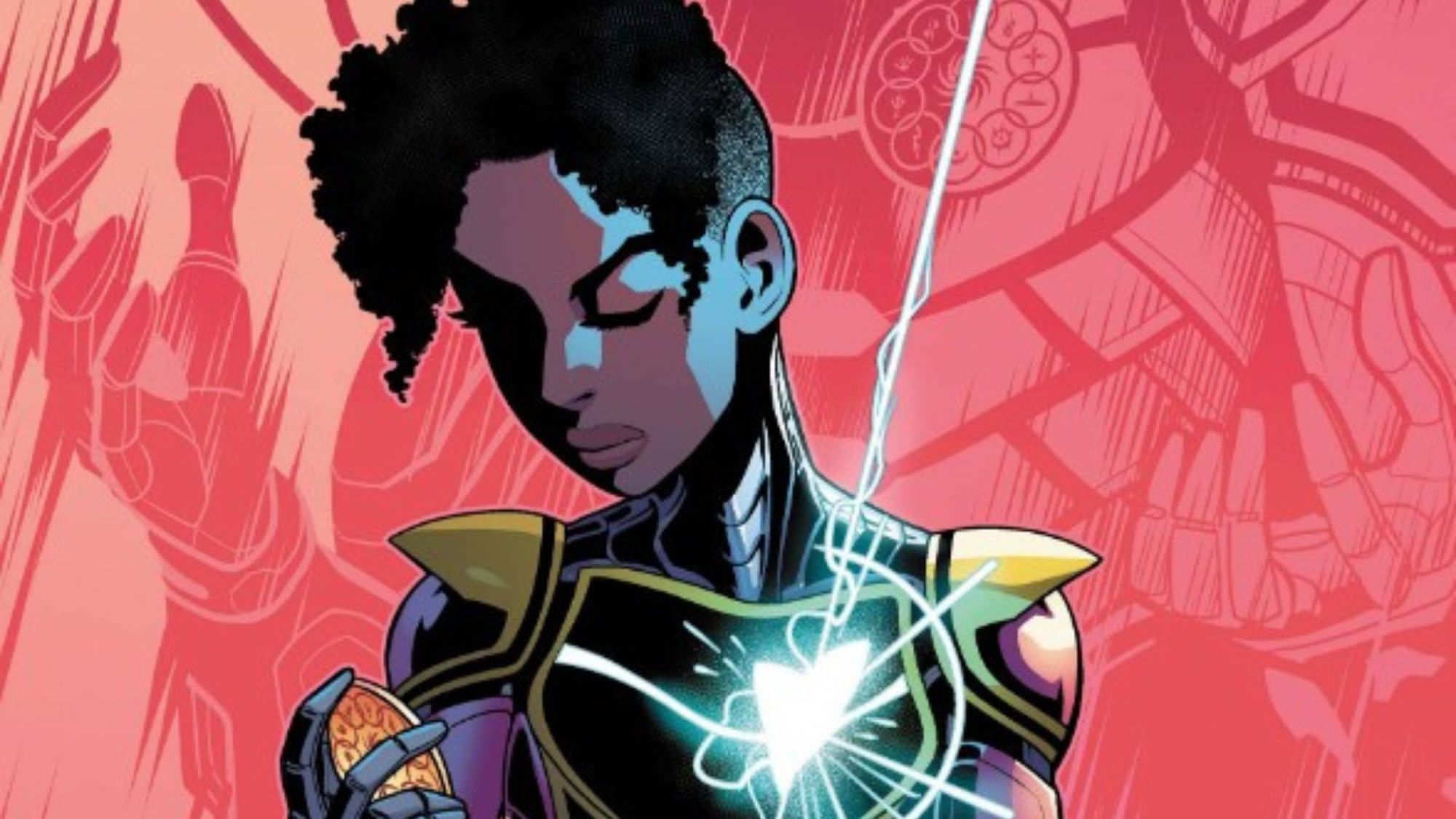The comic book industry faces increasing calls to diversify its character lineup by introducing more leading female heroes. Despite a rich history spanning decades, the landscape remains predominantly male, with female characters often relegated to supporting roles. Advocates argue that the time for change is now, as audiences seek representation and a broader range of narratives.
Progress has been made in recent years, with characters such as Kamala Khan and Batgirl gaining popularity. Yet, there remains a significant imbalance. The presence of more female heroes not only enriches storytelling but also offers diverse perspectives that can resonate with a wider audience. Each new heroine contributes to a richer tapestry of narratives, enhancing the overall experience for comic book readers.
One major issue hindering representation is the tendency to base female superheroes on their male counterparts. Examples include Batgirl (from Batman), Supergirl (from Superman), and She-Hulk (from Hulk). While these characters have developed unique identities, their origins often remain tied to established male figures. This reliance can perpetuate the notion that female characters are only significant when connected to male icons, which limits the potential for original storytelling.
Legacy characters often dominate discussions surrounding new female heroes. These individuals typically inherit their names, powers, or roles from existing characters. While the introduction of Kamala Khan as Ms. Marvel demonstrates how a legacy character can thrive, many others struggle to gain acceptance. Fans often perceive legacy characters as mere replacements, leading to skepticism about their longevity and relevance.
The comic book industry has frequently employed legacy characters to introduce new heroines. While this strategy can yield successful results, it sometimes reflects a reluctance to take risks. This cautious approach can lead to a self-fulfilling prophecy, where fan investment dwindles if characters are expected to disappear after a short run. Furthermore, adhering to legacy templates can stifle creativity, leaving less room for new and innovative mythologies that resonate with audiences.
The disparity in treatment between male and female-led series is evident. Female heroes consistently receive less promotional support, resulting in higher cancellation rates for their stories. For instance, Wonder Woman, one of the most recognized heroes in DC Comics, has her own series but often lacks the extensive media presence enjoyed by male counterparts like Batman and Superman. The first female-led film in the Marvel Cinematic Universe came a decade after the franchise’s inception, highlighting the ongoing challenges faced by female heroes.
Bringing fresh perspectives into the comic book narrative can revitalize franchises and introduce new motivations and conflicts. Unique character backstories pave the way for innovative storytelling, ensuring that readers benefit from a broader range of narratives. When female superheroes are given the opportunity to shine, the entire comic book community stands to gain.
As the industry continues to evolve, the demand for more leading female heroes remains a pressing issue. By embracing diversity and allowing female characters to take center stage, comic book publishers can not only enhance their offerings but also reflect the diverse world in which we live. The call for change is clear: the future of comic books should be inclusive and representative, ensuring that all heroes have a place in the spotlight.
